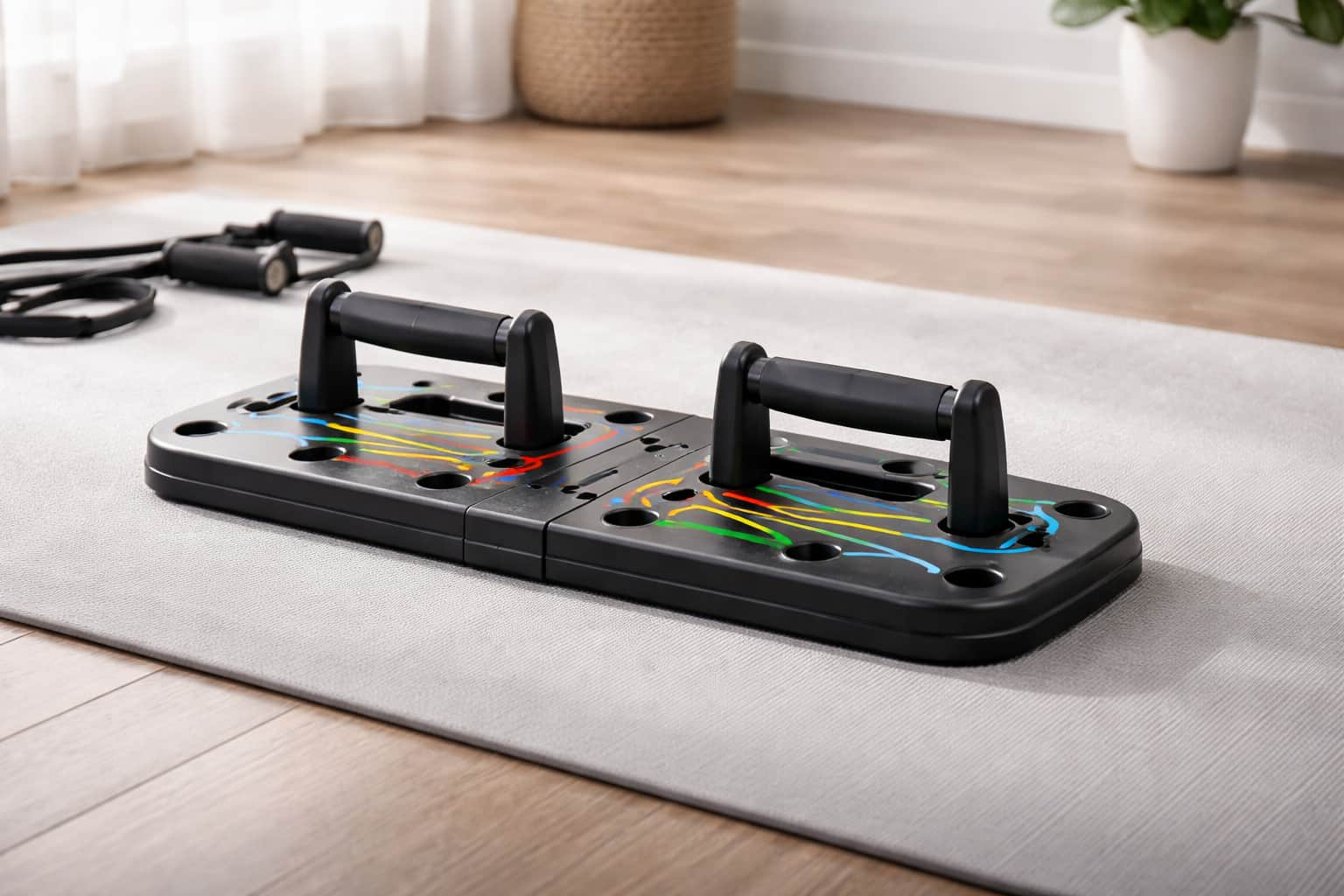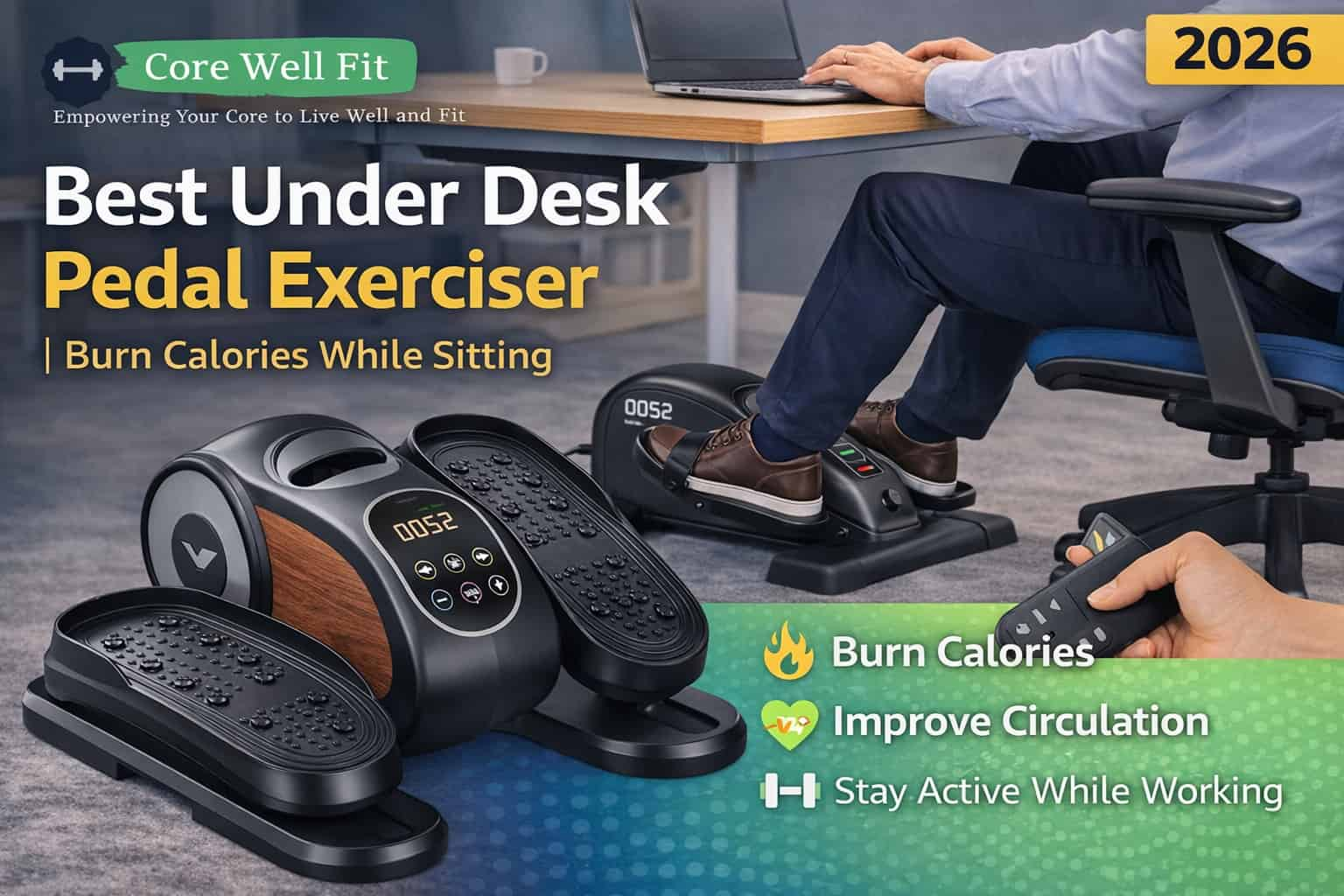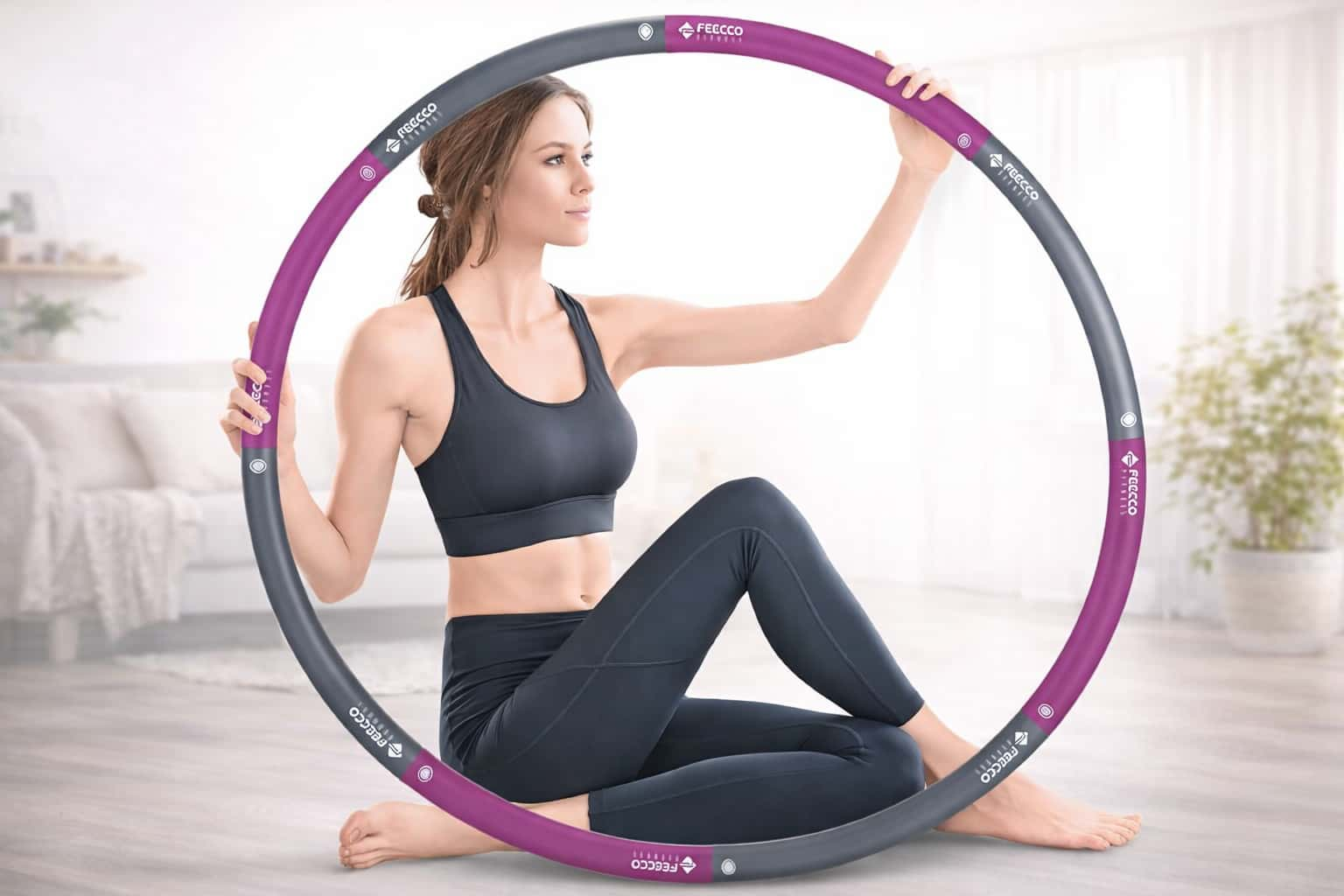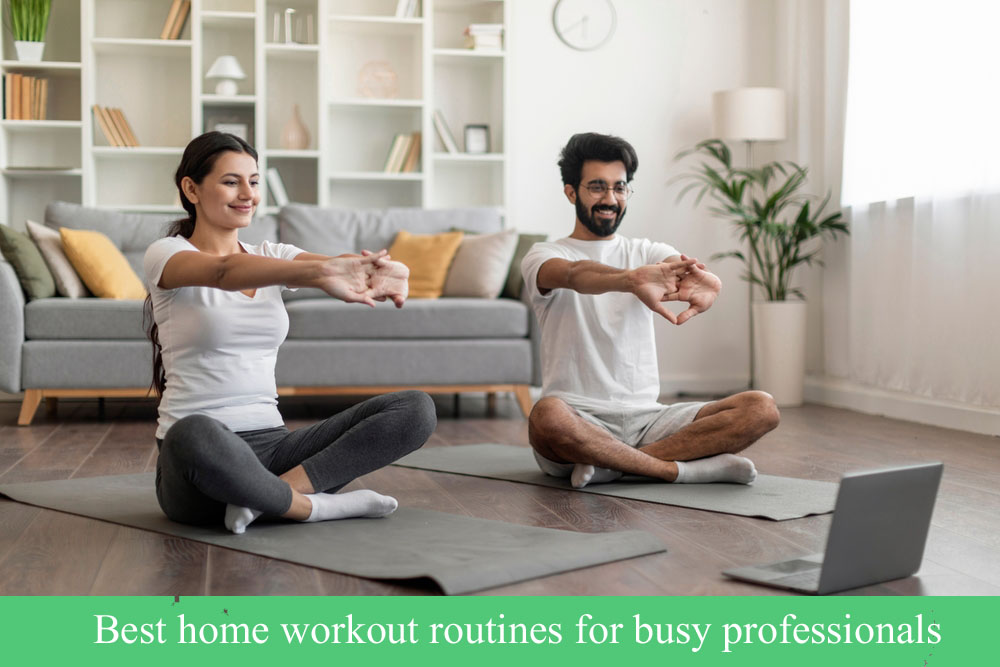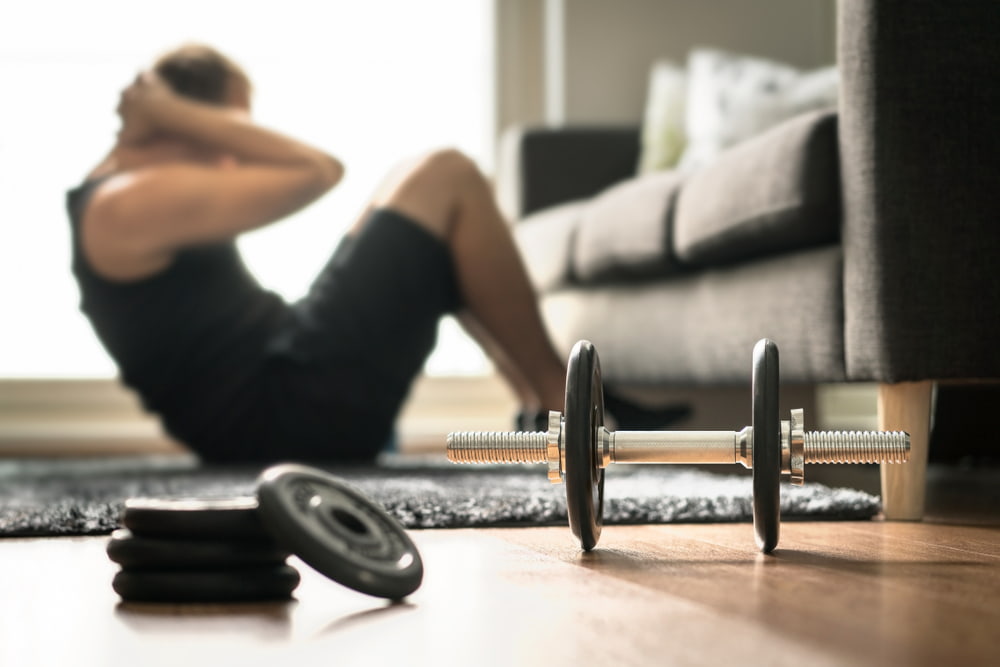Best Upper Body Dumbbell Workout at Home (Beginner Friendly Guide)
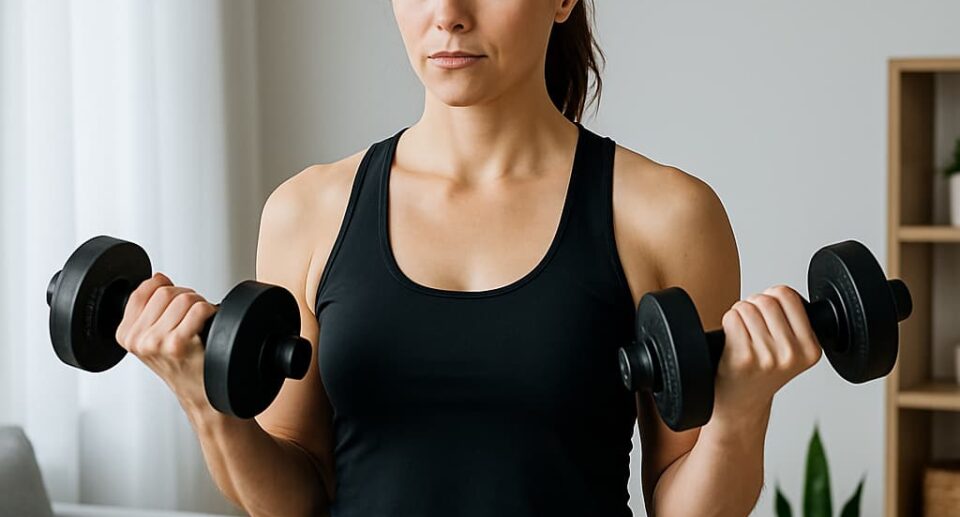

Getting Started with Upper Body Dumbbell Workouts at Home
Dumbbells are the best way to get a stronger, more toned upper body without having to spend hours at the gym. They’re cheap, simple to use, and don’t take up much room, so they’re great for working out at home. Whether you’re a busy professional, a stay-at-home parent, or just someone who prefers exercising in the comfort of your own home, a dumbbell-based routine can help you gain strength, burn calories, and boost your confidence.
Many beginners often wonder: “Can I really see results by working out at home with just dumbbells?” The answer is yes. From your living room, you can work out your chest, shoulders, back, biceps, and triceps if you use the right routines, do them correctly, and stick to your plan. This guide will walk you through the best beginner-friendly upper body dumbbell workout at home, step by step.
Benefits of Upper Body Dumbbell Workouts
1. Build Strength and Muscle
Dumbbells are versatile and allow a full range of motion, which helps build lean muscle in the chest, arms, shoulders, and back. Unlike machines, they engage stabilizing muscles, making your strength gains more functional.
2. Burn More Calories
When you train multiple upper body muscles with compound dumbbell exercises (like chest press or rows), your body burns more energy. This helps with fat loss while toning your muscles.
3. Improve Posture and Core Stability
A strong upper body supports good posture. Dumbbell exercises activate not only the arms but also the core muscles that stabilize your spine reducing back pain and improving overall body balance.
4. Save Time and Money
No expensive gym membership, no waiting for machines. With just one pair of dumbbells, you can train anytime, anywhere, making it perfect for busy adults aged 25–45.
5. Beginner-Friendly and Scalable
You can start light and gradually increase the weight as you progress. This makes dumbbell workouts suitable for all fitness levels, from absolute beginners to advanced athletes.


Essential Equipment You’ll Need
One of the best things about dumbbell workouts is that you don’t need a fully equipped gym to get started. Here’s what you’ll need for your upper body routine:
- A Pair of Dumbbells
- Beginners: 5–10 lbs (2–5 kg)
- Intermediate: 12–20 lbs (6–10 kg)
- Advanced: 20+ lbs (10+ kg)
👉 Pro Tip: If possible, invest in adjustable dumbbells so you can increase weight as you progress.
- Exercise Mat or Yoga Mat
- Provides cushioning for floor exercises like chest press or push-ups, keeping you safe and comfortable.
- Bench or Sturdy Chair (Optional)
- Useful for chest press, rows, and tricep kickbacks. But if you don’t have one, you can do most exercises on the floor.
- Water Bottle & Towel
- It’s important to stay hydrated. To keep your grip during pulls, a towel will keep your hands dry.
- Good Lighting & Small Space
- Believe it or not, workout consistency improves when your environment feels motivating. Choose a corner of your living room with good light and space to move freely.
🔥 Warm-Up Routine (5 Minutes)
Never skip your warm-up it prepares your body, prevents injuries, and helps you get the most out of your workout. Here’s a simple 5-minute warm-up you can do before lifting dumbbells:
- Arm Circles (30 seconds each direction)
- Stretch your arms out and make small circles, gradually making them bigger.
- Activates your shoulders and arms.
- Shoulder Rolls (30 seconds forward + 30 seconds backward)
- Roll your shoulders in circular motions to loosen joints.
- Push-Ups or Knee Push-Ups (10 reps)
- Engages your chest, shoulders, and core.
- Jumping Jacks (1 minute)
- Gets your heart rate up and warms the entire body.
- Torso Twists (1 minute)
- Stand tall, twist your upper body side to side.
- Activates your obliques and core.
👉 Your body will be ready for the exercise workout after this warm-up.
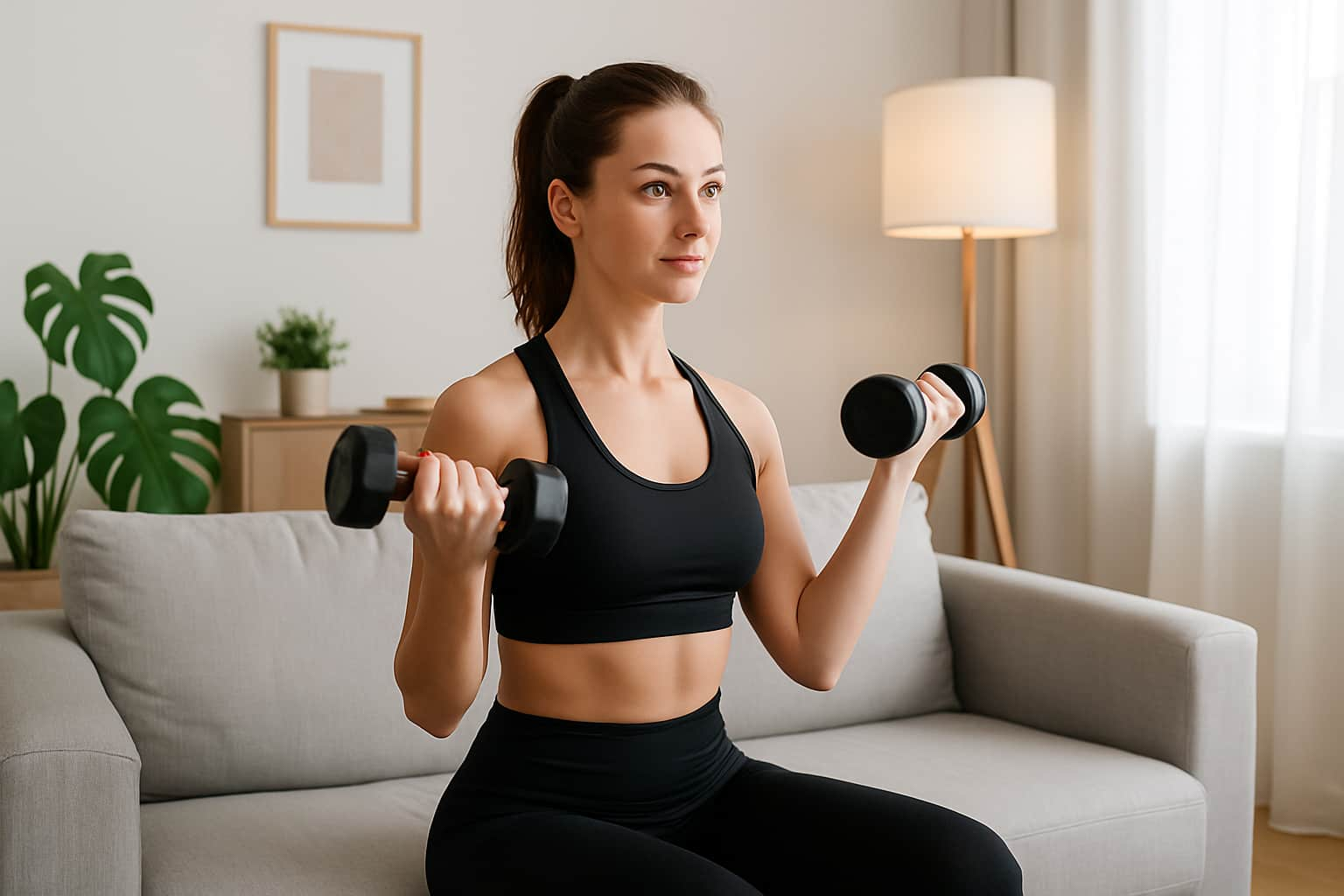

Best Upper Body Dumbbell Workout at Home
1. Dumbbell Shoulder Press
- Targets: Shoulders (deltoids), triceps
- How to Do:
- Sit or stand with your back straight.
- Hold a dumbbell in each hand at shoulder height, palms facing forward.
- Push the dumbbells upward until your arms are fully extended.
- Slowly lower them back down.
- Reps/Sets: 3 sets × 10–12 reps
- Pro Tip: Don’t arch your back; engage your core for stability.
2. Dumbbell Bicep Curl
- Targets: Biceps
- How to Do:
- Stand straight with dumbbells in your hands, palms facing forward.
- Curl the weights up toward your shoulders.
- Slowly lower them back down.
- Reps/Sets: 3 sets × 12–15 reps
- Pro Tip: Keep elbows close to your torso; don’t swing the arms.
3. Dumbbell Lateral Raise
- Targets: Shoulders (lateral deltoids)
- How to Do:
- Hold dumbbells by your sides, palms facing inward.
- Raise your arms outward to shoulder height, forming a “T.”
- Slowly lower back down.
- Reps/Sets: 3 sets × 12 reps
- Pro Tip: Use light weights; focus on controlled motion.
4. Dumbbell Chest Press (Floor or Bench)
- Targets: Chest, shoulders, triceps
- How to Do:
- Lie on a bench or the floor, dumbbells in hand at chest level.
- Push the dumbbells upward until arms are extended.
- Lower slowly back to chest.
- Reps/Sets: 3 sets × 10–12 reps
- Pro Tip: If on the floor, keep knees bent for support.
5. Dumbbell Rows
- Targets: Back (lats, traps, rhomboids), biceps
- How to Do:
- Place your left knee and hand on a bench, hold dumbbell in right hand.
- Pull dumbbell toward your hip, squeezing shoulder blade.
- Lower it slowly.
- Repeat on the other side.
- Reps/Sets: 3 sets × 10–12 reps per side
- Pro Tip: Keep your back flat, don’t round your spine.
6. Dumbbell Front Raise
- Targets: Front shoulders (anterior deltoids)
- How to Do:
- Stand tall, dumbbells in hands, palms facing thighs.
- Lift one or both dumbbells straight forward to shoulder height.
- Lower slowly.
- Reps/Sets: 3 sets × 12 reps
- Pro Tip: Avoid swinging; controlled lift is key.
7. Dumbbell Hammer Curl
- Targets: Biceps & forearms
- How to Do:
- Hold dumbbells with palms facing inward (neutral grip).
- Curl weights up toward shoulders.
- Lower with control.
- Reps/Sets: 3 sets × 12–15 reps
- Pro Tip: Great for grip strength — don’t rush the movement.
8. Dumbbell Triceps Kickbacks
- Targets: Triceps
- How to Do:
- Bend slightly forward at the hips, hold dumbbells at 90° elbow angle.
- Extend arms backward until straight.
- Return to start position.
- Reps/Sets: 3 sets × 12 reps
- Pro Tip: Keep upper arms steady; only move forearms.
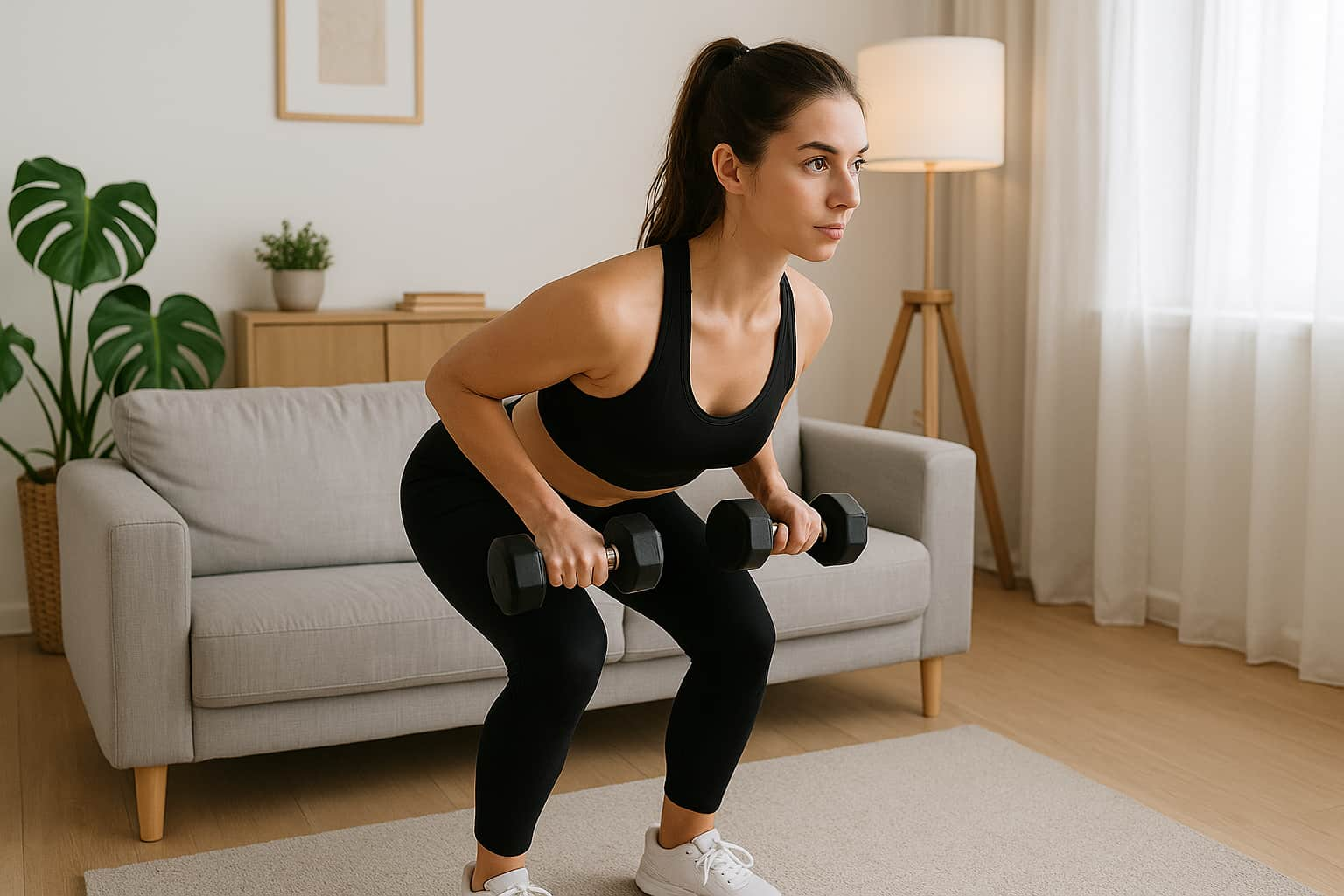

15-Minute Upper Body Dumbbell Workout Plan (Sample Routine)
🔹 Structure:
- Total Exercises: 8
- Sets/Reps: 2 sets × 10–12 rep
- Rest Time: 30–45 seconds between exercises
- Equipment Needed: 1 pair of dumbbells + mat
🔥 The Routine
- Dumbbell Shoulder Press – 10–12 reps
- 👉 Warms up the shoulders and makes you stronger when you press.
- Dumbbell Bicep Curl – 12 reps
- 👉 Strengthens arms and improves muscle definition.
- Dumbbell Lateral Raise – 10–12 reps
- 👉 Builds round shoulders for better posture.
- Dumbbell Chest Press (Floor/Bench) – 10 reps
- 👉 Develops chest and triceps power.
- Dumbbell Rows – 10 reps per side
- 👉 Targets the back, improves pulling strength.
- Dumbbell Front Raise – 12 reps
- 👉 Isolates the front shoulders for stability.
- Dumbbell Hammer Curl – 12 reps
- 👉 Strengthens biceps and forearms simultaneously.
- Dumbbell Triceps Kickbacks – 10–12 reps
- 👉 Sculpts and tones the back of your arms.
⏱ Timing Breakdown:
- Each exercise = ~45 seconds
- Rest between exercises = 30–45 seconds
- Total = ~15 minutes
📌 Notes for Beginners:
- Start with light weights (5–10 lbs).
- Focus on form, not heavy lifting.
- Do this routine 2–3 times per week for best results.
- As you progress, increase dumbbell weight or add 1 extra set.


Common Mistakes to Avoid
1. Lifting Too Heavy Too Soon
Many people who are just starting out think that pulling more weight will make them stronger faster. In fact, using too heavy of weights and bad form only makes it more likely that you will get hurt.
👉 Solution: Start with light dumbbells and gradually increase the weight as your strength improves.
2. Poor Form and Speed
Rushing through reps often leads to swinging arms, arching the back, or moving the elbows incorrectly. This not only reduces the effectiveness of the exercise but can also harm your joints.
👉 Solution: Perform each rep slowly and with control. Remember, quality > quantity.
3. Skipping Warm-Up and Cool-Down
Many people skip warm-ups to save time and avoid stretching after workouts. This results in stiff muscles and higher chances of soreness or injury.
👉 Solution: Always dedicate at least 5 minutes to warming up and 3 minutes to stretching at the end.
4. Inconsistent Schedule
Randomly working out without a set plan won’t help you lose fat or build muscle. It’s important to be consistent with any long-term goal.
👉 Solution: Stick to this routine at least 2–3 times per week to see visible progress.
5. Ignoring Nutrition and Rest
Working out isn’t enough on its own. Protein, healthy fats, and fiber are all important for good diet, and getting enough sleep is also important for building muscle.
👉 Solution: Pair your workout plan with a balanced diet and allow yourself 7–8 hours of quality sleep each night.
Frequently Asked Questions (FAQs)
1. Can beginners do dumbbell workouts at home?
Absolutely! One of the best pieces of tools for people who are just starting out is the dumbbell. You can start with 5–10 lbs. of small weights and work on your form. As your strength grows, you can slowly add more weight over time.
2. How many days per week should I train my upper body?
Two to three days a week is best for beginners. That way, your muscles have time to heal while you still get stronger. For a well-rounded fitness plan, you can do cardio, core, or lower body exercises every other day.
3. Can dumbbell workouts help with fat loss?
Yes! Strength training with dumbbells builds lean muscle, which boosts your metabolism and helps burn fat even while resting. When combined with a healthy diet and some cardio, dumbbell workouts are very effective for fat loss.
4. How long will it take to see results?
It depends on your consistency, nutrition, and effort. Most people start noticing visible changes within 4–6 weeks of consistent training paired with good nutrition.
5. Do I need a bench to do these exercises?
A bench can be helpful, but it’s not required. All the exercises in this guide can be done on the floor or with just a sturdy chair. This makes it easy to stay consistent at home without needing extra equipment.
A Few Words From Core Well Fit
You don’t have to spend hours at the gym or buy expensive tools to get a stronger, more toned upper body. Get stronger, better posture, and feel more confident right at home with a pair of dumbbells and 15 minutes of your time.
This beginner-friendly routine covers all major upper body muscles chest, shoulders, arms, and back giving you a balanced workout that fits perfectly into a busy lifestyle. When paired with consistency, proper nutrition, and enough rest, you’ll start noticing results in just a few weeks.
Remember: fitness is not about perfection, it’s about progress. Every rep you do brings you one step closer to your goals.
👉 Your next step? Pick up those dumbbells, follow the 15-minute workout plan, and commit to doing it at least 2–3 times per week. Your stronger, healthier, and more confident self is waiting.
Ready to take action? Start your first upper body dumbbell workout today and let CoreWellFit guide you every step of the way.

